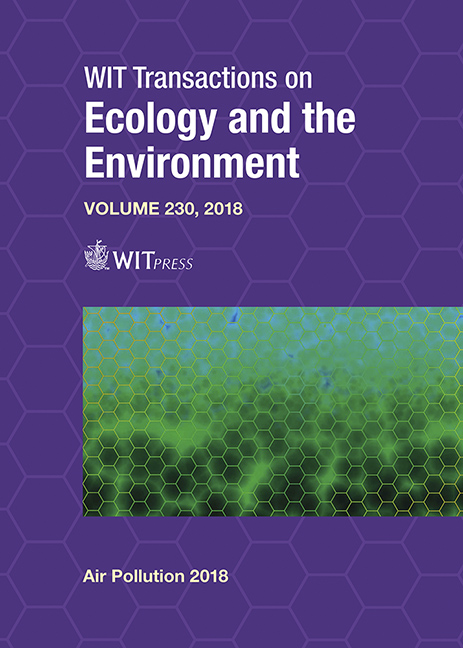STUDY OF AIR CONTAMINATION BY HEAVY METALS AT FIRING RANGES
Price
Free (open access)
Transaction
Volume
230
Pages
11
Page Range
29 - 39
Published
2018
Paper DOI
10.2495/AIR180031
Copyright
WIT Press
Author(s)
KAREL LACH, ŠÁRKA BERNATÍKOVÁ, LENKA FRIŠHANSOVÁ, KAREL KLOUDA, VLADIMÍR MIČKA
Abstract
The study of air contamination by heavy metals and dust emissions was conducted on indoor (ISR) and outdoor shooting ranges (OSR) using various firearms – gun, shotgun and submachine gun. Dust particles were collected using a Nano-ID® Select fractioning sampler for both chemical analysis and a scanning electron microscope (SEM) analysis. The total emission of ultrafine particles (UFP) was evaluated including the size distribution during shooting by various equipment (FMPS, SMPS, OPS, Aerotrak). According to expectations, the air was particularly contaminated with lead and partly by antimony, tin, and copper. Observations with SEM show that lead occurs as primary spherical particles, but more often in agglomerates that contain in addition lead, zinc, antimony, and barium. Within the study, air contamination was compared on police shooting ranges by using both traditional ammunition and so-called “green ammunition” not containing lead or antimony in the igniter. When shooting with a handgun in the ISR, the total values of the concentration of lead when using traditional ammunition was about 80 μg/m3, and with the use of “green ammunition” the value of only 2 μg/m3 was measured. The total average concentration of lead at ISR after series of firings with shotgun, submachine gun and pistol reached 1,795 μg/m3. The study has shown that during shooting, especially in indoor shooting ranges with insufficient ventilation, there is a short-term but high burden of heavy metals especially by lead on the persons present. From the long-term view, there is a health risk of lead intoxication especially for trainers and supervisors on shooting ranges. It is important to note that, in this study, health effects on staff and employees of firing ranges were not studied.
Keywords
air emission, shooting range, solid aerosols, nanoparticles, scanning electron microscopy, size resolved sampling, heavy metals, lead





